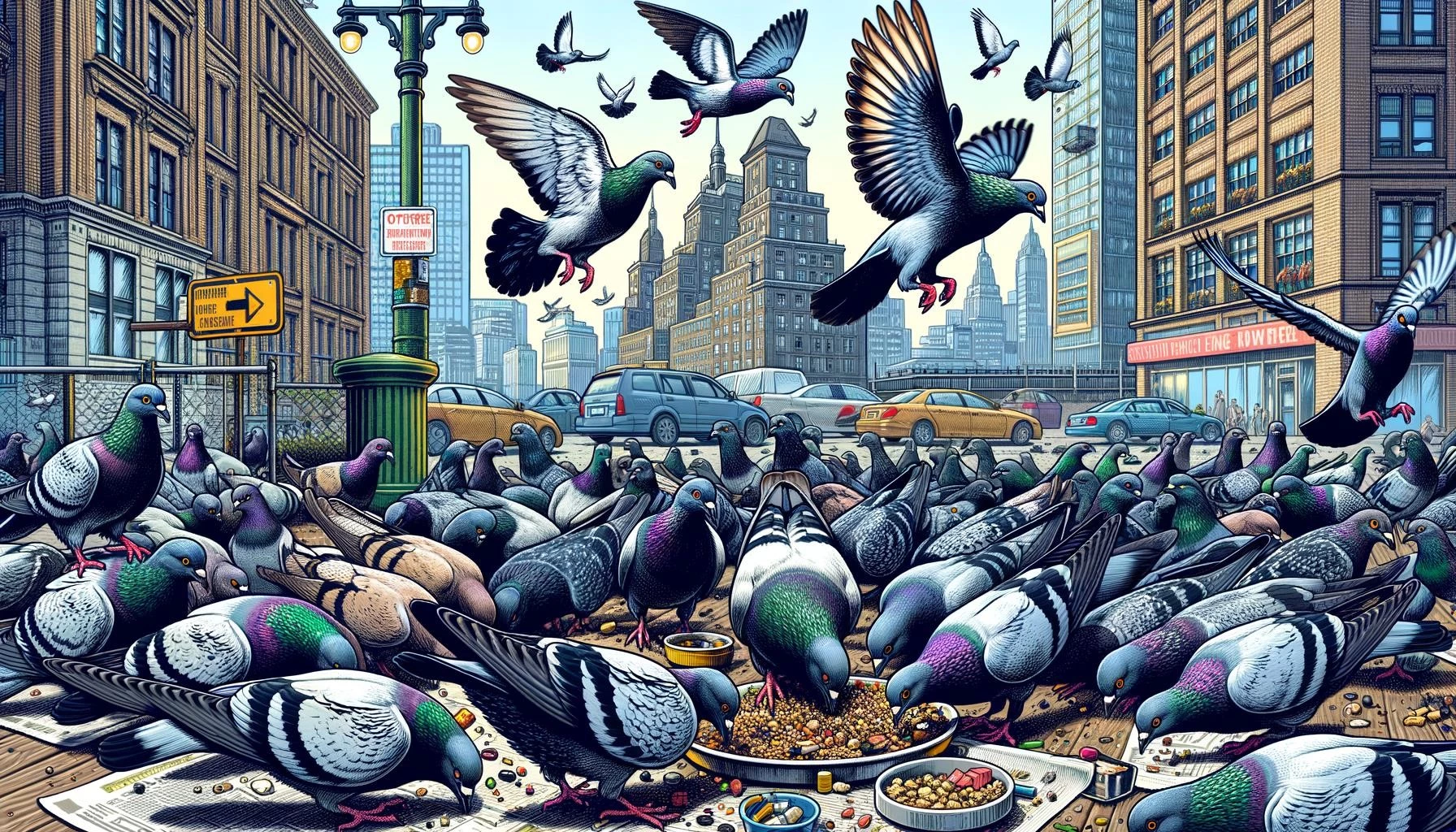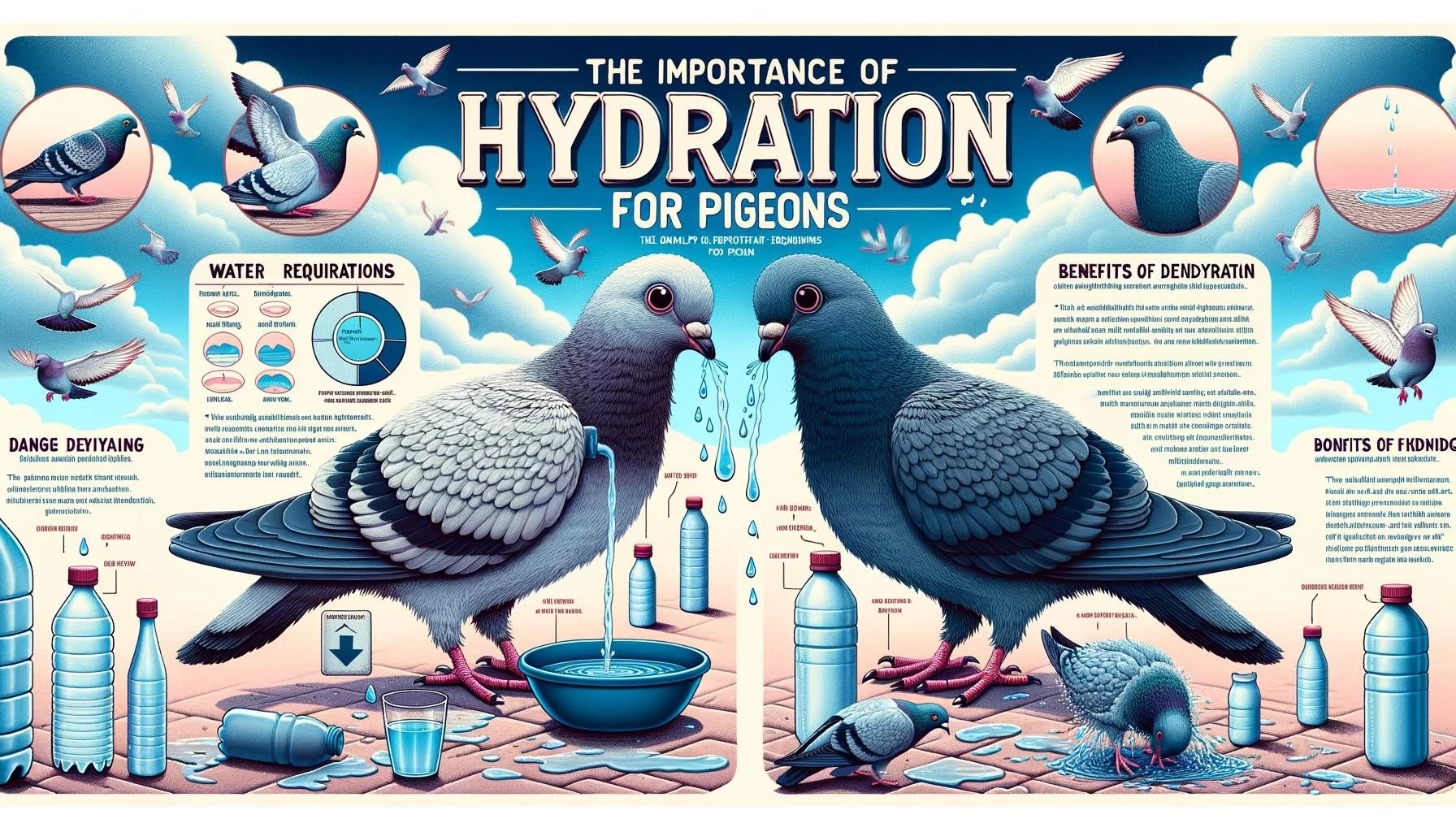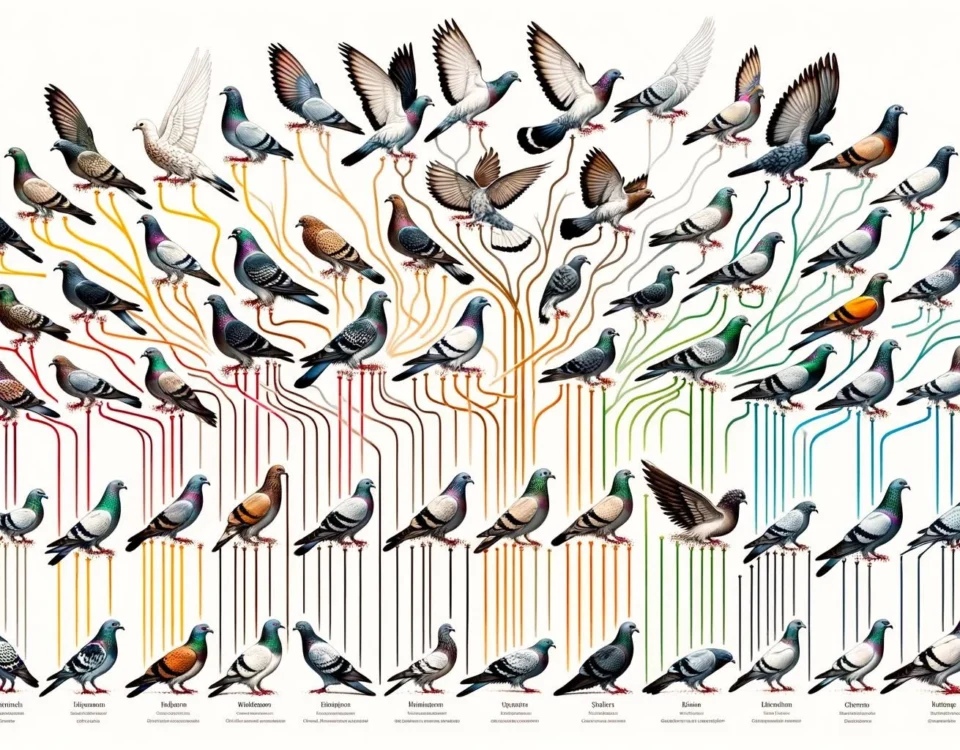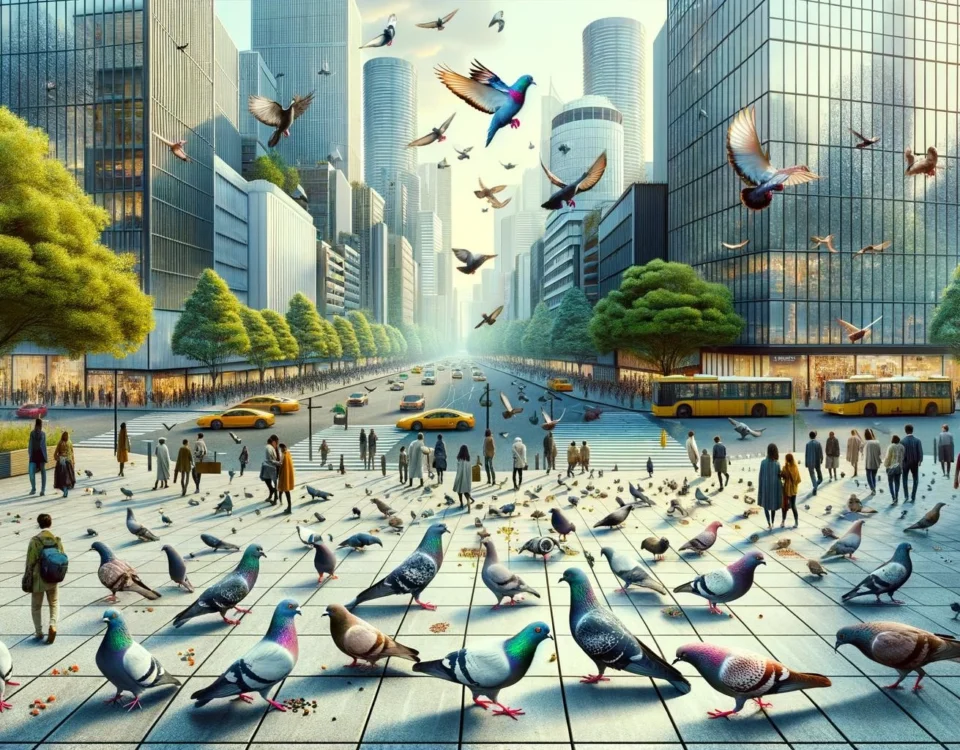Wild pigeons and sustainable development are two topics that may not appear to be related at first glance. However, upon closer examination, it becomes evident that the conservation and sustainable management of wildlife, including wild pigeons, are crucial aspects of achieving sustainable development goals.
Key Takeaways
- Conflict between humans and animals poses a significant threat to the long-term survival of wildlife, which can hinder sustainable development efforts.
- Unsustainable use of wild species not only threatens biodiversity but also the livelihoods of billions of people who rely on them for food, fuel, and income.
- Conserving and restoring ecosystems that support migratory birds, including wild pigeons, is essential for their survival and the well-being of rural communities.
Wild Pigeons and Human-Wildlife Conflict
Conflict between humans and animals, including wild pigeons, is a widespread problem that can hinder sustainable development efforts. This conflict arises due to competition for resources such as food and water and the destruction of natural habitats by human activities.
In the case of wild pigeons, they often face conflicts with humans in urban areas. While some people appreciate their presence, others consider them a nuisance due to their droppings and noise. These conflicts can lead to attempts to control or eradicate pigeon populations, which can have negative consequences for biodiversity and ecosystem balance.
Addressing human-wildlife conflict requires finding sustainable solutions that balance the needs of both humans and wildlife. This includes promoting coexistence, implementing effective waste management strategies to reduce attractive food sources for pigeons, and raising awareness about the ecological importance of wild pigeons.
Sustainable Use of Wild Pigeons
The sustainable use of wild species, including wild pigeons, is crucial for both biodiversity conservation and the well-being of human populations. Many communities around the world rely on wild species for food, fuel, and income. Therefore, it is essential to ensure that the use of these species is sustainable and does not deplete their populations or harm their habitats.
In the case of wild pigeons, sustainable use can involve regulated hunting or utilization of their products, such as feathers or droppings, in a manner that does not cause population declines or ecological imbalances. Sustainable management practices can include monitoring population dynamics, setting quotas, and implementing conservation measures, such as preserving suitable habitats for breeding and foraging.
By promoting the sustainable use of wild pigeons and other wild species, communities can benefit from the resources these species provide while ensuring their long-term survival and the continuity of ecosystem services they offer.
Conservation of Wild Pigeons for Sustainable Development
The conservation and restoration of ecosystems that support wild pigeons are essential for their survival and have broader implications for sustainable development. Wild pigeons, as well as other migratory birds, play vital roles in ecosystem functioning, such as seed dispersal and pollination.
Rural communities, especially those dependent on agricultural activities, rely on the presence of migratory birds like wild pigeons for pest control and other ecological services. These birds contribute to sustainable agriculture and directly impact food security and rural livelihoods.
To ensure the conservation of wild pigeons, it is important to protect and restore their habitats, including both breeding and wintering grounds. This can involve creating protected areas, implementing land management practices that enhance habitat quality, and controlling threats such as habitat loss, pollution, and illegal hunting.
Conserving wild pigeons and other migratory birds is not only beneficial for biodiversity conservation but also aligns with the Sustainable Development Goals (SDGs). Specifically, their conservation contributes to SDG 15 – Life on Land, which aims to protect, restore, and sustainably manage terrestrial ecosystems and halt biodiversity loss. It also has implications for SDG 1 – No Poverty, SDG 2 – Zero Hunger, and SDG 3 – Good Health and Well-being, as the presence of wild pigeons supports rural communities’ well-being and sustainable development.
In conclusion, the conservation and sustainable use of wild pigeons are integral to achieving sustainable development goals. Managing human-wildlife conflict, promoting the sustainable use of wild species, and conserving habitats are essential for the long-term survival of wild pigeons and the well-being of human populations. By recognizing the ecological value of wild pigeons and integrating their conservation into sustainable development strategies, we can promote biodiversity conservation, ensure sustainable livelihoods, and foster a harmonious relationship between humans and wildlife.









